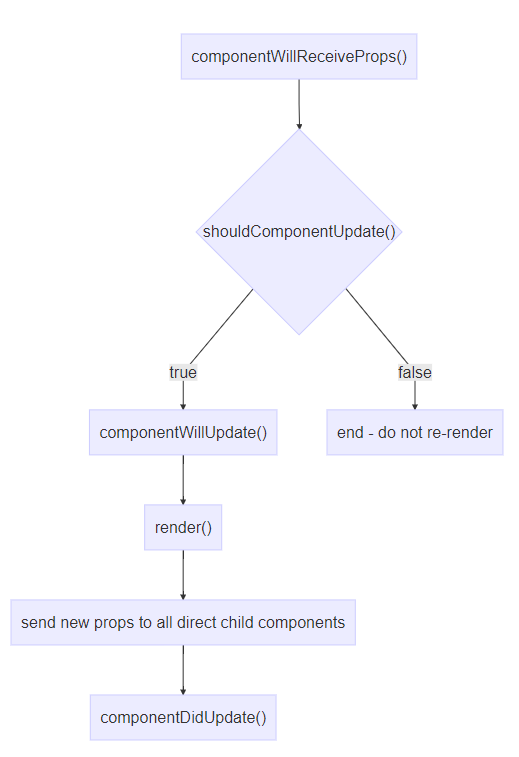

- #Re rendering using react router dom install#
- #Re rendering using react router dom code#
- #Re rendering using react router dom download#
The first thing we’ll need to do is to wrap our component in a component (provided by React Router). To do this, we’ll make an app with three separate views: Home, Category and Products. Now let’s familiarize ourselves with a basic React Router setup. You can view the app running at React Router Basics Then start the development server with this: npm run startĬongratulations! You now have a working React app with React Router installed.
#Re rendering using react router dom install#
Use npm to install react-router-dom: npm install react-router-dom You should use react-router-dom if you’re building a website, and react-router-native if you’re in a mobile app development environment using React Native. The core package for the router is react-router, whereas the other two are environment specific. The React Router library comprises three packages: react-router, react-router-dom, and react-router-native. When this has finished, change into the newly created directory: cd react-router-demo You can either install this globally, or use npx, like so: npx create-react-app react-router-demo With that done, let’s start off by creating a new React project with the Create React App tool.

You can check that both are installed correctly by issuing the following commands from the command line: node -v Node comes bundled with npm, a package manager for JavaScript, with which we’re going to install some of the libraries we’ll be using. We have a tutorial on using a version manager here. Alternatively, you might consider using a version manager to install Node.
#Re rendering using react router dom download#
If this isn’t the case, then head over to the Node home page and download the correct binaries for your system. To follow along with this tutorial, you’ll need a recent version of Node installed on your PC. Let’s get started! Setting up React Router
#Re rendering using react router dom code#
The entire code for the project is available on this GitHub repo. The examples covered in this tutorial include:Īll the concepts connected with building these routes will be discussed along the way.

You’ll find different code demonstrations of React Router in action. Then we’ll jump right into some React Router basics. First, we’ll set up React and React Router using npm. This tutorial is divided into different sections. In reality, it’s a third-party library that’s widely popular for its design and simplicity. Note: there’s a common misconception that React Router is an official routing solution developed by Facebook. Since, and all the other React Router APIs that we’ll be dealing with are just components, you can easily get up and running with routing in React.

You can place your component anywhere you want your route to be rendered. The declarative routing approach allows you to control the data flow in your application, by saying “the route should look like this”: React Router lets you handle routing declaratively. Routing is the process of keeping the browser URL in sync with what’s being rendered on the page.


 0 kommentar(er)
0 kommentar(er)
